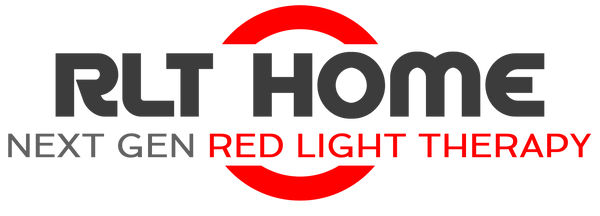Introduction: Does Hair Block Red Light Therapy?
Individuals worldwide utilize red light therapy for various reasons, including skin renewal and hair health. Red light therapy can effectively treat hair loss conditions by stimulating the cells in hair follicles. Still, a shared concern is whether hair prevents red light therapy from working. The red and near-infrared light employed in this treatment must pass through the skin and into the cells to be effective. Any hair or other material on the skin can interfere with the absorption of light. In this article, we'll show you how hair responds to red light and how you can still get the best out of your treatments.
Table of Contents
How Red Light Therapy Works

Red light therapy (RLT) utilizes specified wavelengths of red and near-infrared light. These ranges of light penetrate the skin and get deep into the tissues, where they stimulate the activity of mitochondria. This activation enables mitochondria to produce more adenosine triphosphate (ATP), the cellular currency of energy. With more energy, cells can repair and regenerate more effectively. RLT also improves blood flow and reduces oxidative stress, inflammation, and pain. These mechanisms contribute to healthier hair growth by improving cellular energy and enhancing oxygen delivery to hair follicles.
Can Hair Interfere with Red Light Penetration?
Yes, hair does interfere with the penetration of red and near-infrared light to some degree. Hair can act as a barrier. The thicker, denser, and darker the hair, the more it will deflect and scatter light. Although hair does not fully absorb red light, it lessens its intensity and can restrict the effectiveness of the treatment. This is why parting the hair or shaving the area is sometimes advised to enable the light to reach the skin directly. Using one of the best red light therapy panels with high power output can help overcome this barrier.
Scientific Perspective on Hair and Light Absorption
Scientifically, hair can partly reduce the effects of red light therapy by virtue of its ability to absorb and scatter light. Darker hair is more absorbent owing to its high melanin levels. If your hair is thick and dense, some of the light is scattered or absorbed by the hair. Even though red and near-infrared light possess great penetrability, any external covering will reduce their intensity. However, light-colored or fine hair does not significantly reduce the effectiveness of red light therapy.

Tips to Maximize Red Light Therapy Through Hair
If you are treating hairy regions, here are a couple of things you can do to get the best results:
- Part the Hair: When treating hair loss, your scalp should be visible. You can part the hair with a comb to open up more of the skin underneath.
- Shave or Trim if Possible: If you're working on arms, legs, or chest, you can try shaving or trimming the hair.
- Use Better Penetrating Devices: Your device should be from a reputable company, such as RLT Home. The Total Spectrum series has sufficient power output to allow red and near-infrared light to penetrate deep into tissues easily.
Conclusion: Optimizing Red Light Results Despite Hair
You can use red light therapy for hair growth by choosing the right device and preparing properly. Before starting, ensure your hair and scalp are clean. After that, part your hair to expose as much of the scalp as possible. For detailed protocols, consult our official usage guide. Lastly, be consistent with your sessions to achieve the best results.
Does hair block red light therapy for black hair?
Yes, black hair will absorb some of the red light. Darker hair contains more pigment (melanin) that absorbs more light. Hence, less light is distributed to the scalp or skin underneath. To understand more, read our article on red light therapy for Black skin.
Frequently Asked Questions (FAQs)
Can red light therapy work through hair?
Yes, red light therapy can work through hair, but its effectiveness may be reduced. Thick, dense, or dark hair can absorb or block some of the light.
What blocks red light therapy?
Anything that acts as a barrier on the skin can block red light therapy, such as sunscreen with SPF, thick lotions, oils, and makeup.
Does infrared pass through hair?
Yes, infrared light can pass through hair, but only to a limited extent. Thick, dense, or dark hair can absorb and scatter some of the infrared light.







